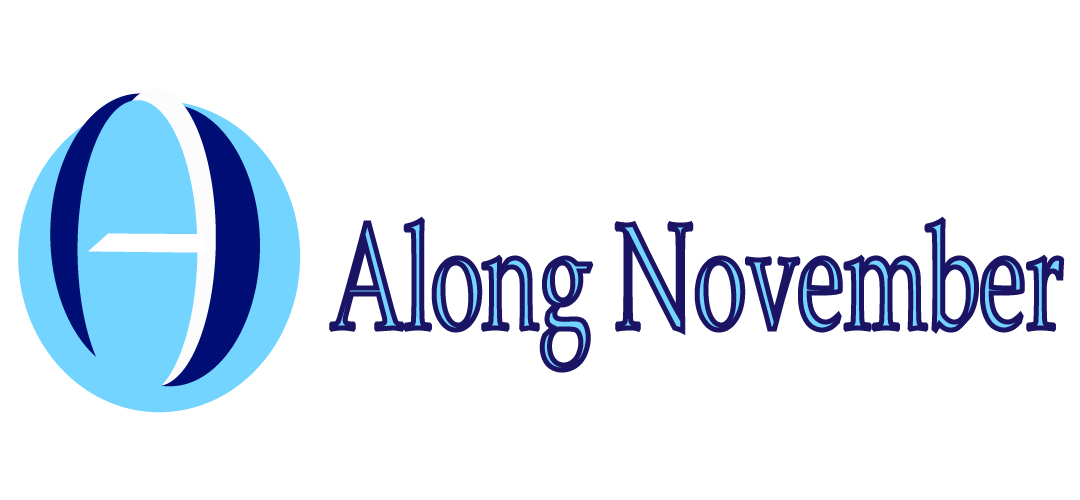Examining is just a essential skill that represents a crucial position in knowledge, personal growth, and qualified development. As engineering innovations, numerous studying resources have surfaced, providing progressive methods to improve the reading experience, increase comprehension, and help effective learning. In this short article, we shall explore a range of examining methods that have gained acceptance in recent years and discuss their benefits in promoting powerful examining habits and understanding acquisition.
E-Readers:
E-Readers, such as for example Amazon Kindle and Barnes & Respectable Place, have changed just how people consume books. These portable devices let visitors to carry a complete selection together, accessibility a huge assortment of e-books, and modify examining adjustments for specific preferences. Characteristics like flexible font sizes, backlighting, and dictionary integration increase studying comfort and convenience.
Examining Applications:
With the common usage of smartphones and pills, examining programs have become popular instruments for opening electronic content. Apps like Kindle, Bing Play Books, and Apple Books provide a wide range of e-books, allowing consumers to read on their chosen device. Some apps offer additional features like highlighting, note-taking, and syncing across multiple devices, increasing business and facilitating active reading.
Text-to-Speech Tools:
Text-to-speech (TTS) engineering has produced substantial steps lately, enabling people to be controlled by written text in place of examining it. TTS methods, such as NaturalReader and Style Dream Audience, are specially good for people with aesthetic impairments, learning disabilities, or those that choose auditory learning. These tools offer customizable style choices, flexible studying speeds, and the ability to convert prepared content into music formats.
Annotation and Highlighting Tools:
Electronic reading platforms and applications usually contain annotation and featuring tools that allow visitors to mark important articles, make note of notes, and produce electronic bookmarks. This feature allows productive reading, promotes important thinking, and simplifies the process of reviewing key methods or revisiting certain chapters of a text.

Examining Knowledge Applications:
To enhance studying understanding abilities, numerous apps and systems focus on interactive workouts and assessments. Methods like ReadTheory, Newsela, and Achieve3000 provide targeted examining products with awareness questions that conform to the reader’s level. These programs provide personalized reading suggestions and comprehensive performance analytics to monitor progress and recognize places for improvement.
Speed Examining Methods:
Rate studying tools, such as for example Spreeder and Acceleread, employ techniques like rapid successive aesthetic display (RSVP) to improve Text summarizer rate without compromising comprehension. These tools help people over come subvocalization (pronouncing phrases within their thoughts while reading) and inspire efficient attention actions, resulting in improved studying rate and information absorption.
Conclusion:
Reading resources have changed just how we strategy literature and learning. Whether it’s e-readers, reading programs, annotation methods, or understanding programs, these resources provide numerous benefits, including increased availability, personalized studying experiences, improved knowledge, and increased efficiency. Adopting these reading tools may empower persons of most ages and skills to produce a ongoing love for reading while maximizing their learning potential.
